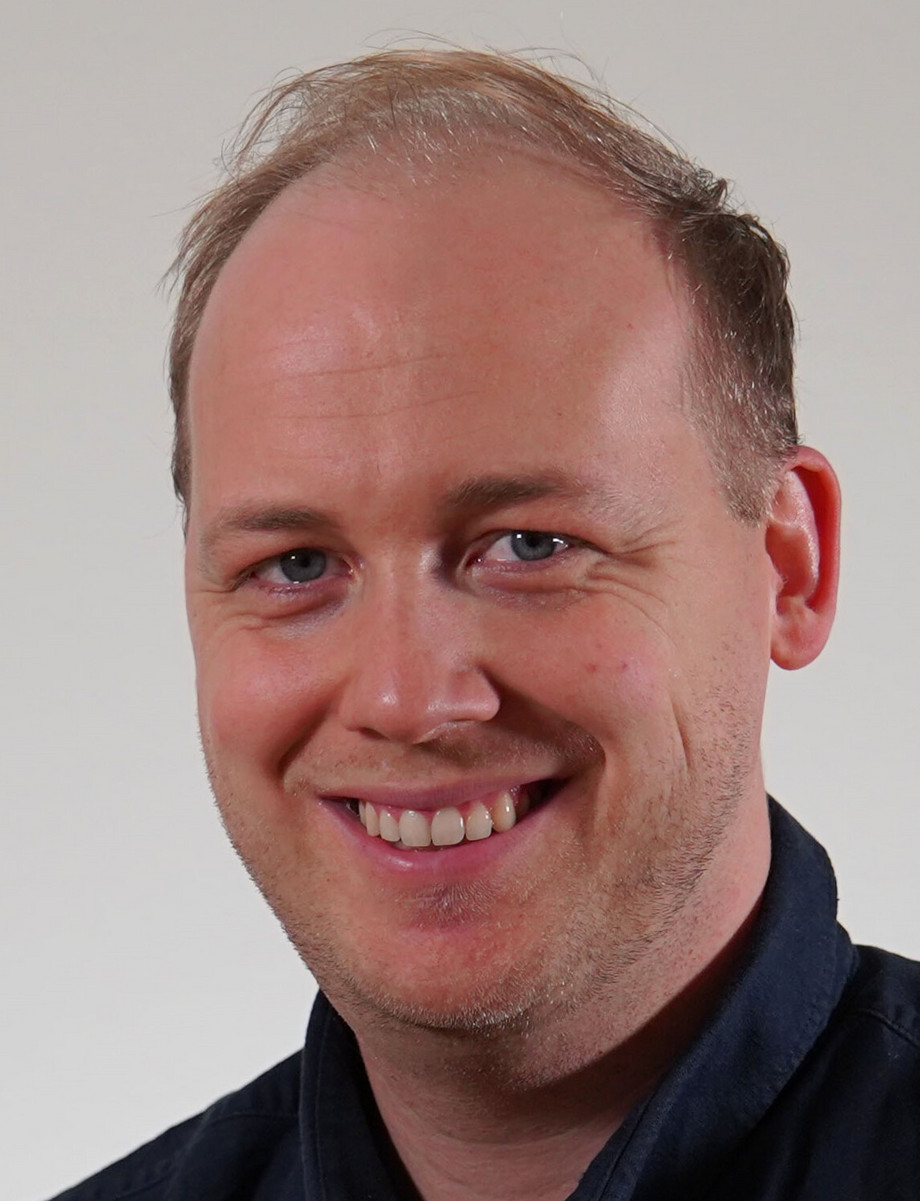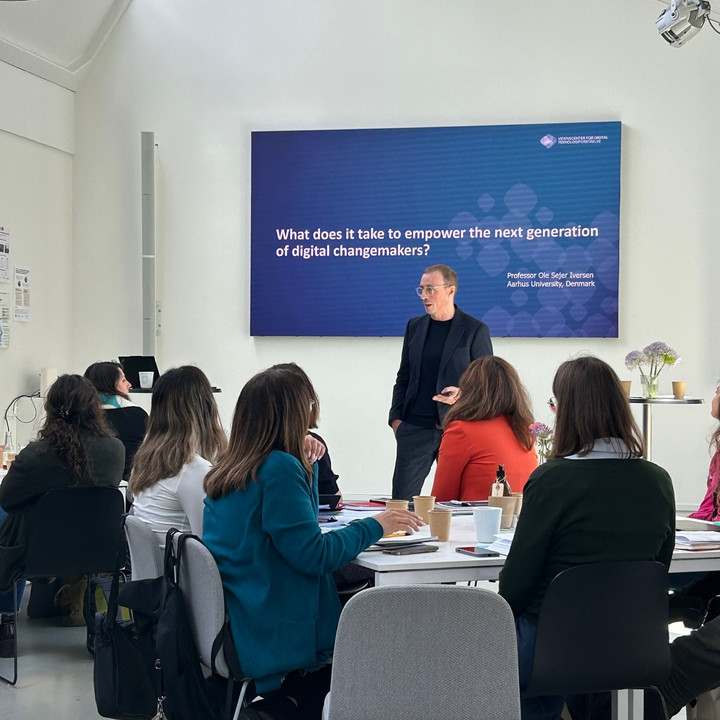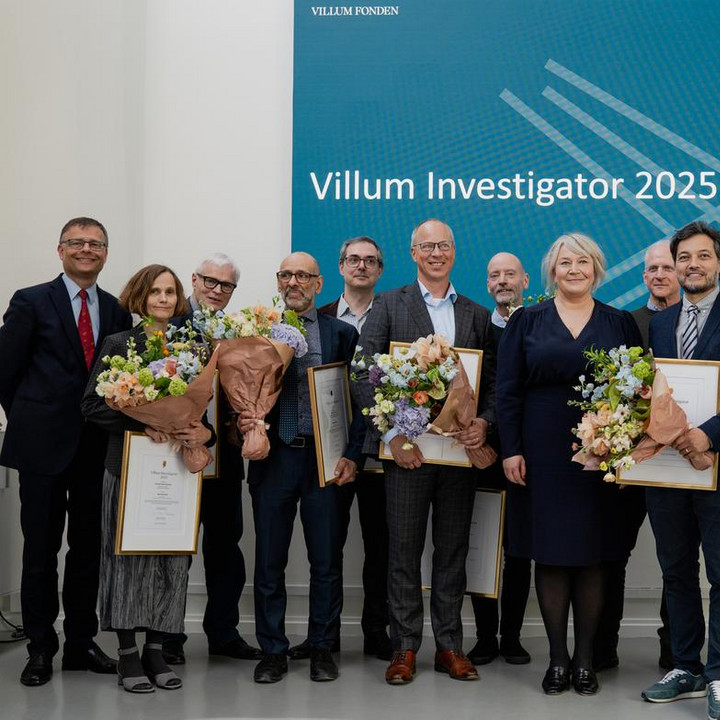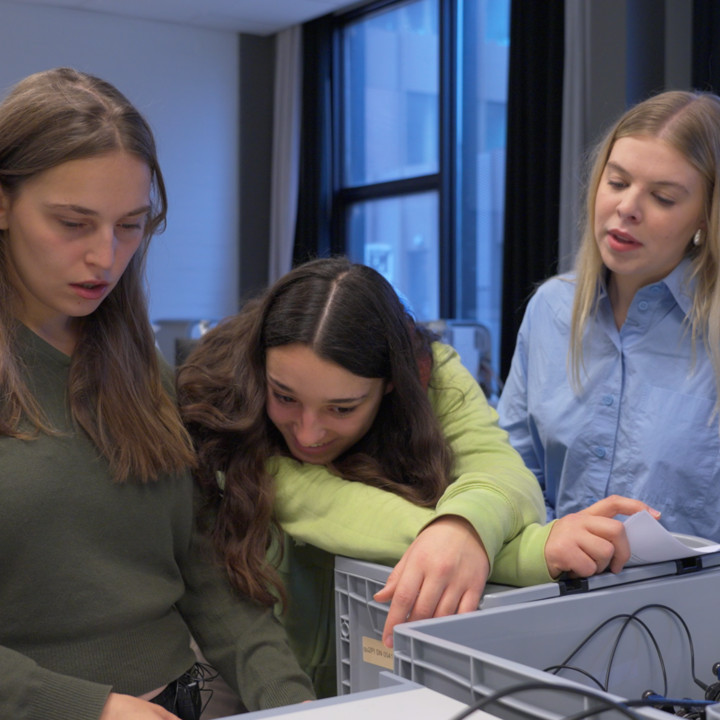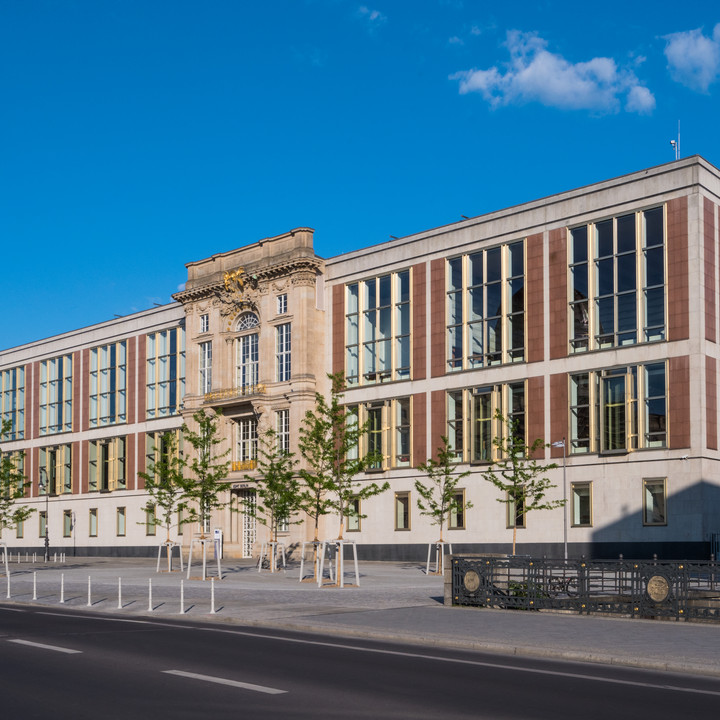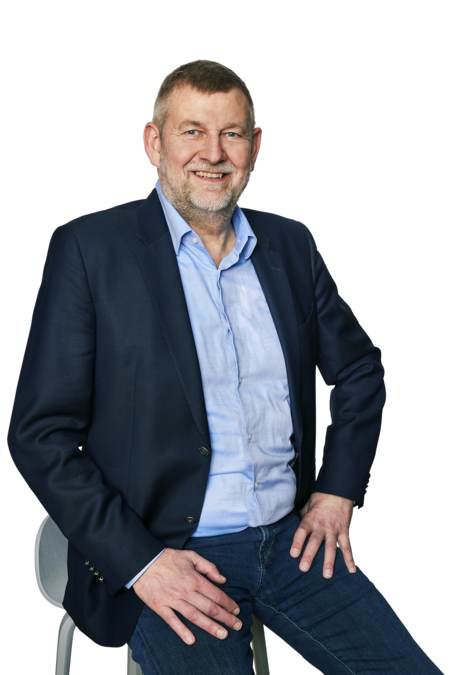From New Power-to-X Systems to the Plagiarism of Chatbots
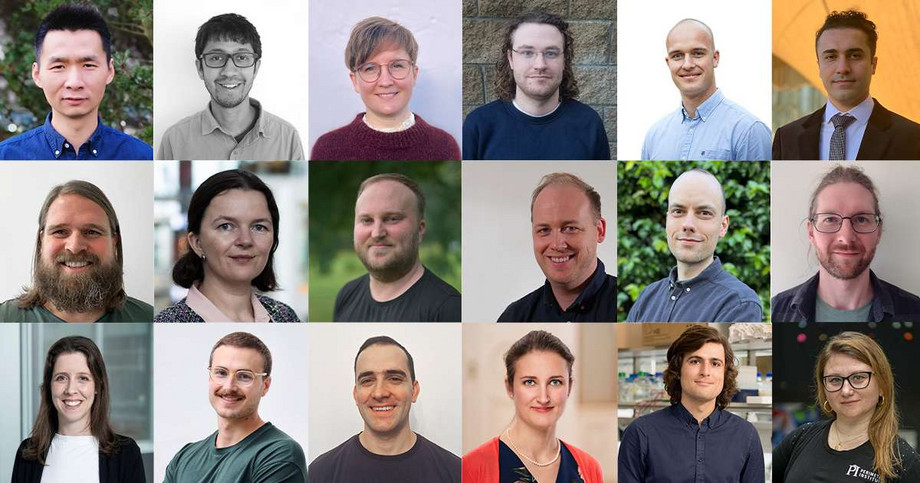
18 young talented researchers are receiving grants totaling DKK 132 million from the Villum Foundation's Young Investigator Programme. With exciting projects and a grant to support them, each researcher will build a research team and contribute with excellent research.
Once again, million-kroner grants from the Villum Foundation will strengthen technical and natural science research at Danish universities:
'At the Villum Foundation, we work to support universities in creating research environments at a high international level by attracting and retaining talented young Danish and international researchers through our Young Investigator program. The young researchers are given the opportunity to establish an independent profile and pursue the ideas they are most passionate about,' says Thomas Bjørnholm, Director of Research at Villum Foundation.
Optimization of Power-to-X Systems
Eight of this year's 18 projects focus on the environment and sustainability. One of the projects focuses on Power-to-X systems (PtX), which can produce hydrogen using electricity from wind turbines or solar cells. The hydrogen can then be converted into green fuel for, for example, trucks, airplanes, and ships.
By integrating PtX systems with the district heating network and developing new models for these systems, the young researcher Ali Khosravi from the University of Southern Denmark aims to optimize the production of green fuels. This is much needed because, even though we are generating more and more renewable electricity, we still need liquid fuels in our energy system.
We Need to Uncover ChatGPT
Last year, the Danish Language Council chose ChatGPT as the word that best characterizes the year 2023. It can write speeches, party songs, and essays if you know how to communicate with it. ChatGPT belongs to the so-called generative form of artificial intelligence, which can produce new content based on the data it has been fed. However, it does not indicate which sources it bases its answers on, so it's not easy to uncover its methods.
With the project PlagAIrism, researcher Anna Rogers from the IT University aims to develop new methods to identify and cite the sources of the data that robots like ChatGPT have been trained on. This will contribute to transparency, reliability, and respect for copyright in the development of generative AI systems.
The Needle's Eye
Villum Foundation received 142 applications for the program. The 18 researchers who passed through the needle’s eye have undergone a process of peer review, interviews with the foundation’s scientific committee, and final approval by the foundation's board.
The gender distribution among the applicants is 79 percent men and 21 percent women, while among the grant recipients, it is 72 percent men and 28 percent women
- The Villum Young Investigator Programme focuses on attracting and retaining talented young Danish and international researchers at Danish universities. The goal is to support the universities' development of high-level international research environments.
- The Villum Foundation first awarded funds under the Villum Young Investigator program in 2011.
- The program has supported a total of 240 young research talents in the technical and natural sciences with a total grant amount of over DKK 1.63 billion.
- The grant recipients are both Danish and international researchers affiliated with a Danish research institution.
- The program kick-starts the recipients' research careers: An evaluation has shown that 73% of the researchers who receive a grant continue to lead a research group after the grant period ends. This is true for only 39% of the researchers who applied but did not receive a grant from the program. Only 30% of the grant recipients had a permanent position when they applied for funding from the foundation. This number subsequently increased to 65%.
- The Villum Foundation will open for new applications to the programme on March 21, 2024.
Meet the 18 Villum Young Investigators
The new Villum Young Investigators are distributed across seven Danish universities: Aalborg University, the Technical University of Denmark, the University of Copenhagen, Aarhus University, the University of Southern Denmark, Roskilde University, and the IT University of Copenhagen.
Copenhagen University, Niels Bohr Institute, DKK 9 million
Non-perturbative String Theory, Asymptotic Safety, and the 'Swamp'
Einstein's theory of gravitation and quantum theory are the cornerstones of modern theoretical physics. To unravel the mysteries of our universe, it is necessary to combine the two. The project will use a 'mathematical microscope' to determine how the microscopic details of quantum gravity manifest in the properties of macroscopic theories of the universe as a whole. By comparing with theoretical and observational constraints, insight into the fundamental building blocks of nature is achieved. The grant will enable the recruitment of a PhD student and a postdoc.
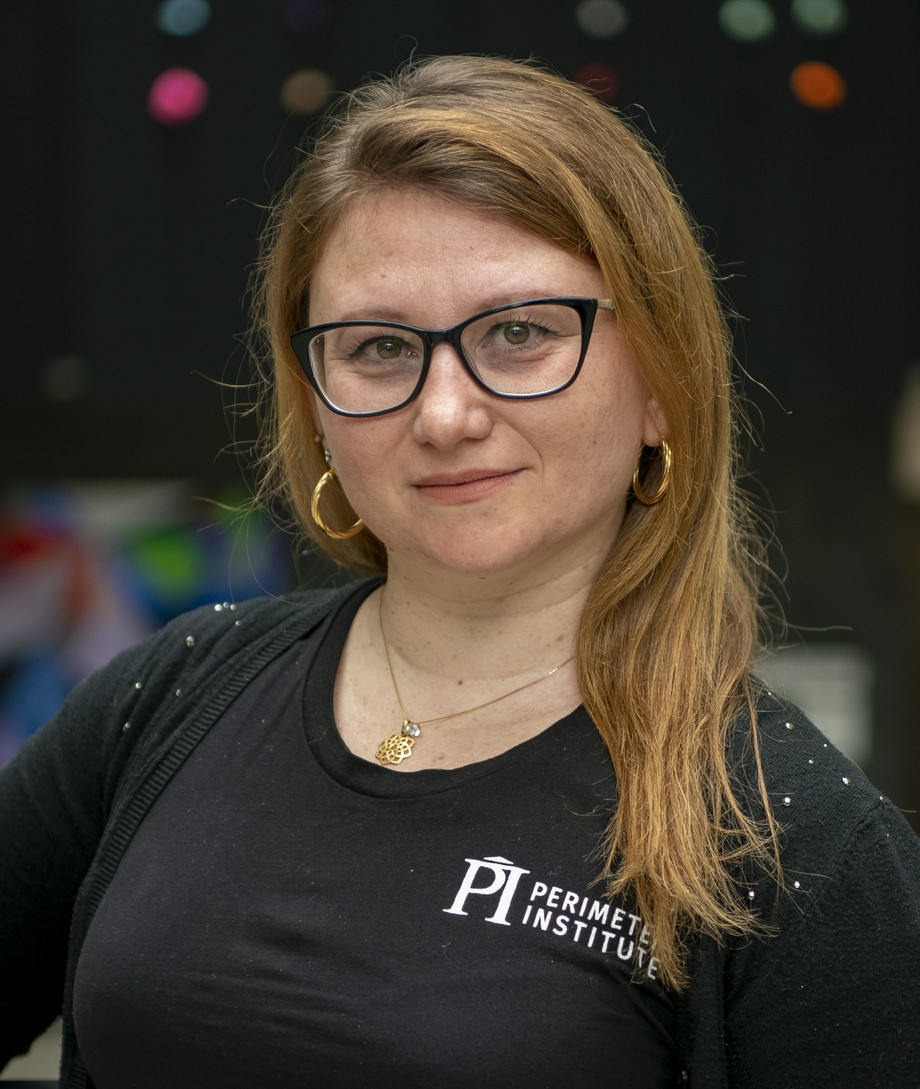
IT University of Copenhagen, Department of Computer Science, DKK 7 million
PlagAIrism: Identification of Training Data Sources in Generative Artificial Intelligence
Generative AI systems like ChatGPT are trained on existing text material, but a problem is that these technologies do not credit their source data. This project aims to develop a theoretical foundation and new methods for citing the sources of training data used by large language models—a clear prerequisite for the future development of systems where transparency, reliability, and respect for content rights are prioritized. The grant will fund two PhD students, one postdoc, and equipment.
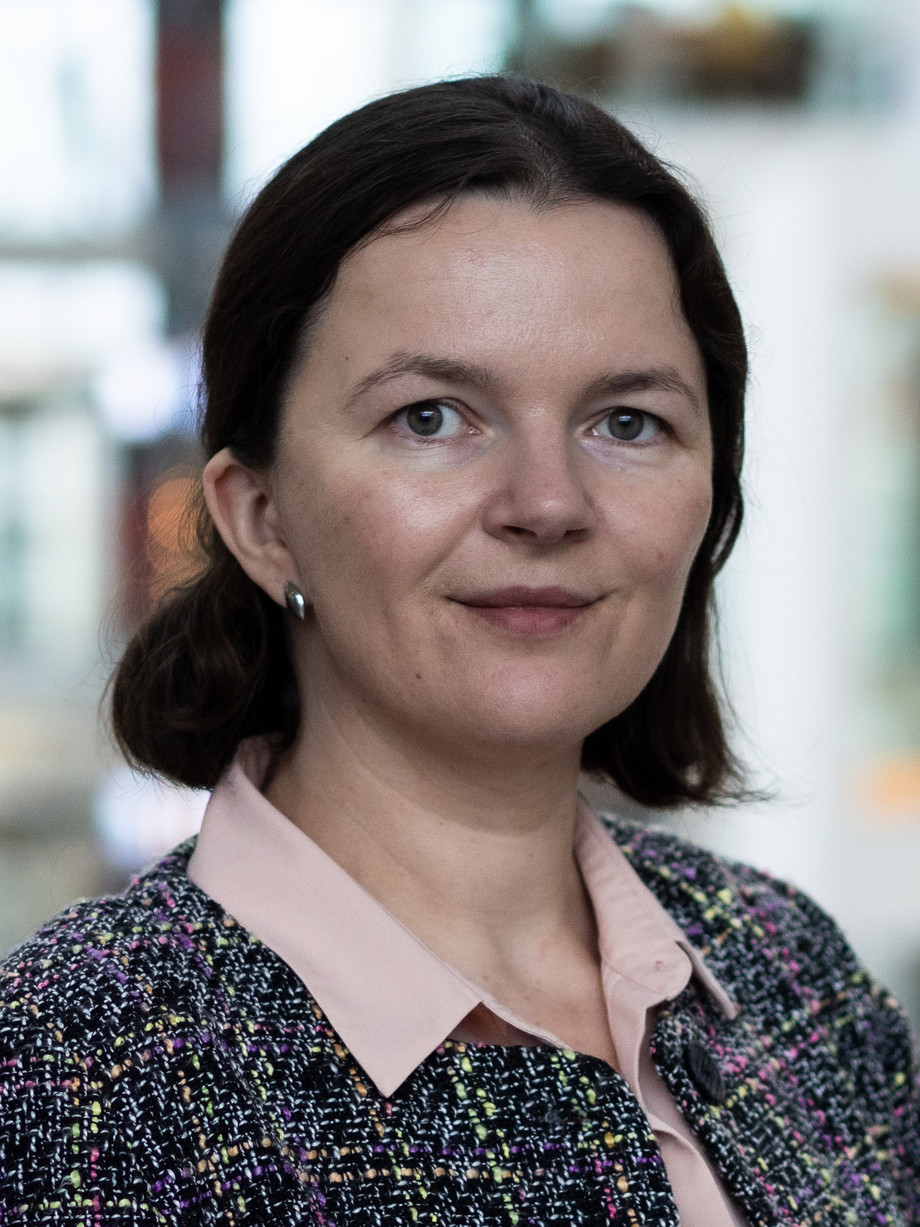
University of Southern Denmark, Department of Mechanics and Electronics, DKK 7 million
DDPTX: Decoding the Dynamics of Power-to-X Systems
This project contributes innovation to Power-to-X (PtX) systems, which are crucial for converting electricity into various forms of energy. The project aims to create a model that integrates renewable energy, the electricity grid, hydrogen, and the heating sector, with a focus on improving the efficiency of electrolyzers and the economics of PtX through innovative business models. It employs artificial intelligence to enhance decision-making in complex PtX systems. The grant will fund the recruitment of two PhD students, two postdocs, and equipment.
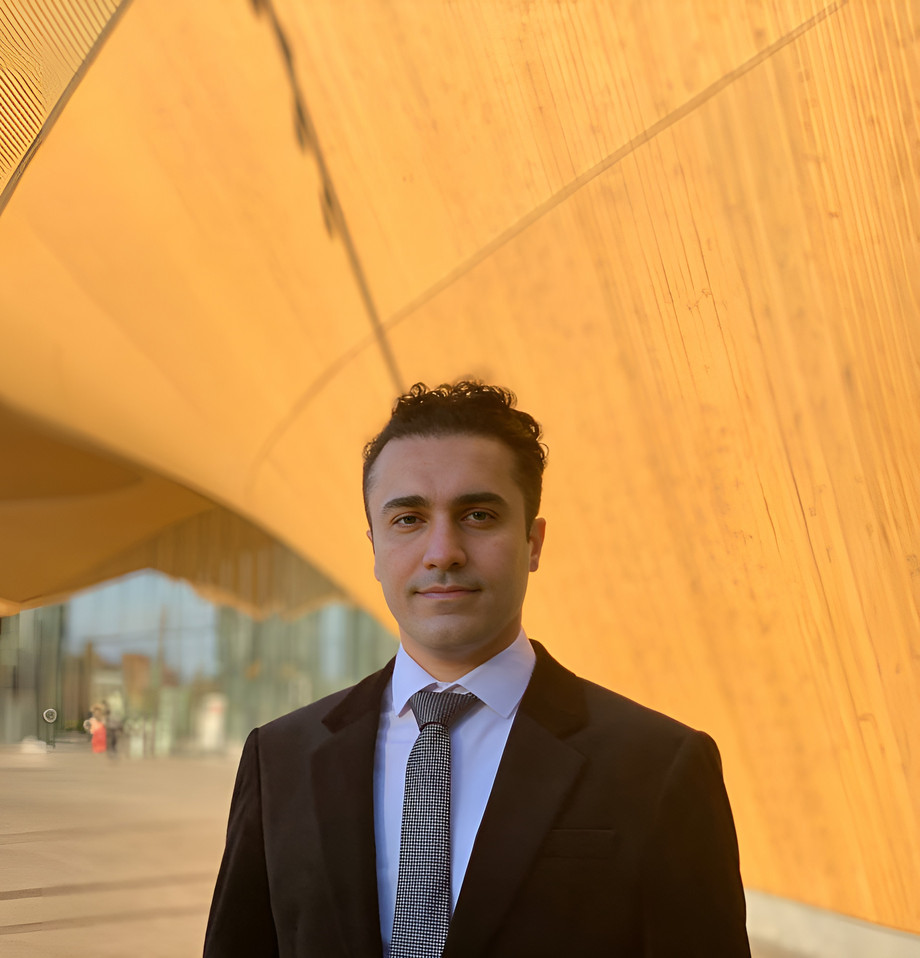
University of Copenhagen, Niels Bohr Institute, DKK 9 million
Global Categorical Symmetries and Phases of Quantum Matter.
Symmetries play a fundamental role in the quantum world. Recent years have seen a paradigm shift in the understanding of symmetries, with new and highly generalized symmetries known as global categorical symmetries. This project aims to advance the understanding of symmetry in quantum systems and explore its implications for quantum matter. The grant will fund two PhD students and one postdoc.
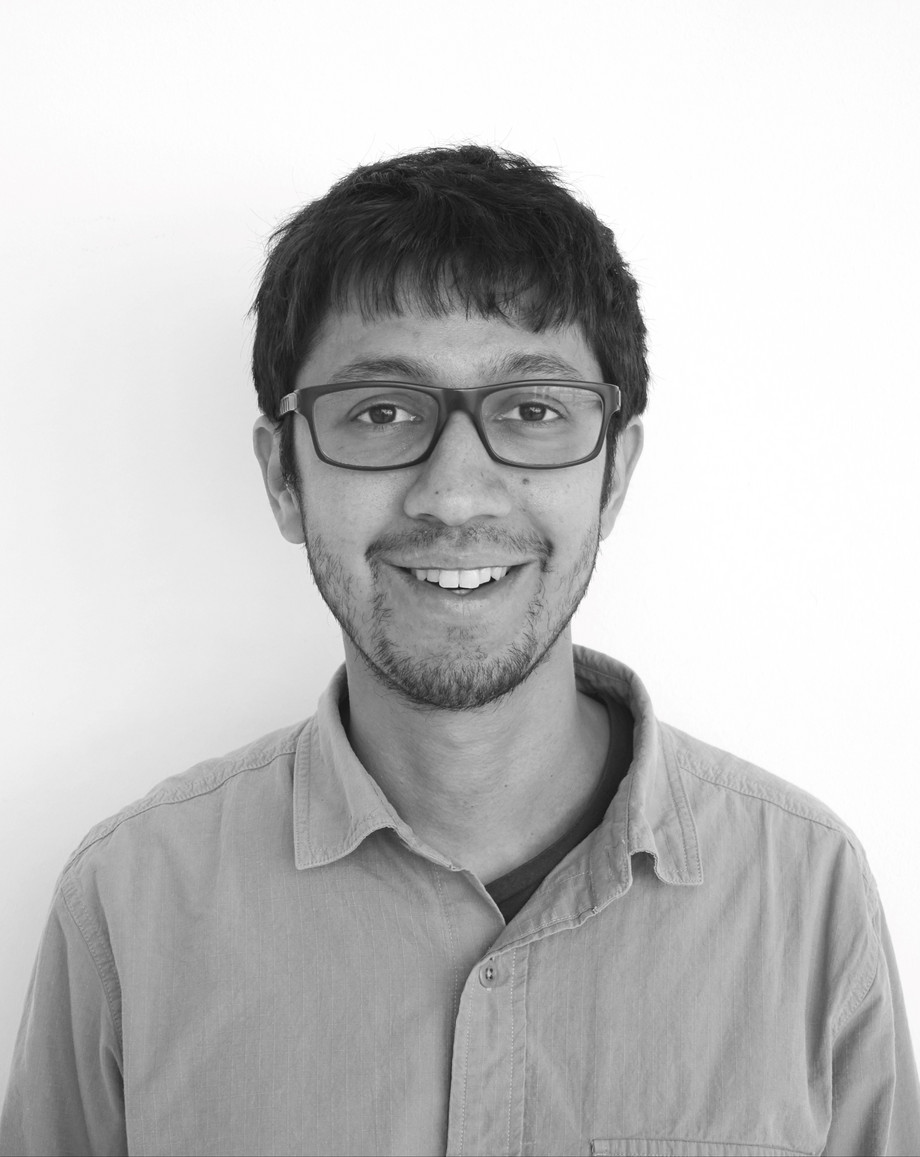
Technical University of Denmark, DTU Bioengineering, DKK 7 million
REGENZYME: Regioselectivity in Enzymatic Synthesis
Regioselectivity is key to achieving the correct products in enzymatic carbohydrate synthesis. Specific carbohydrates are crucial in cell communication, pharmaceuticals, functional foods, and some future biomaterials. The project will map the regioselectivity of a wide range of enzymes and investigate the molecular interactions between enzymes and carbohydrates that determine regioselectivity. The grant will enable the recruitment of one PhD student and two postdocs.
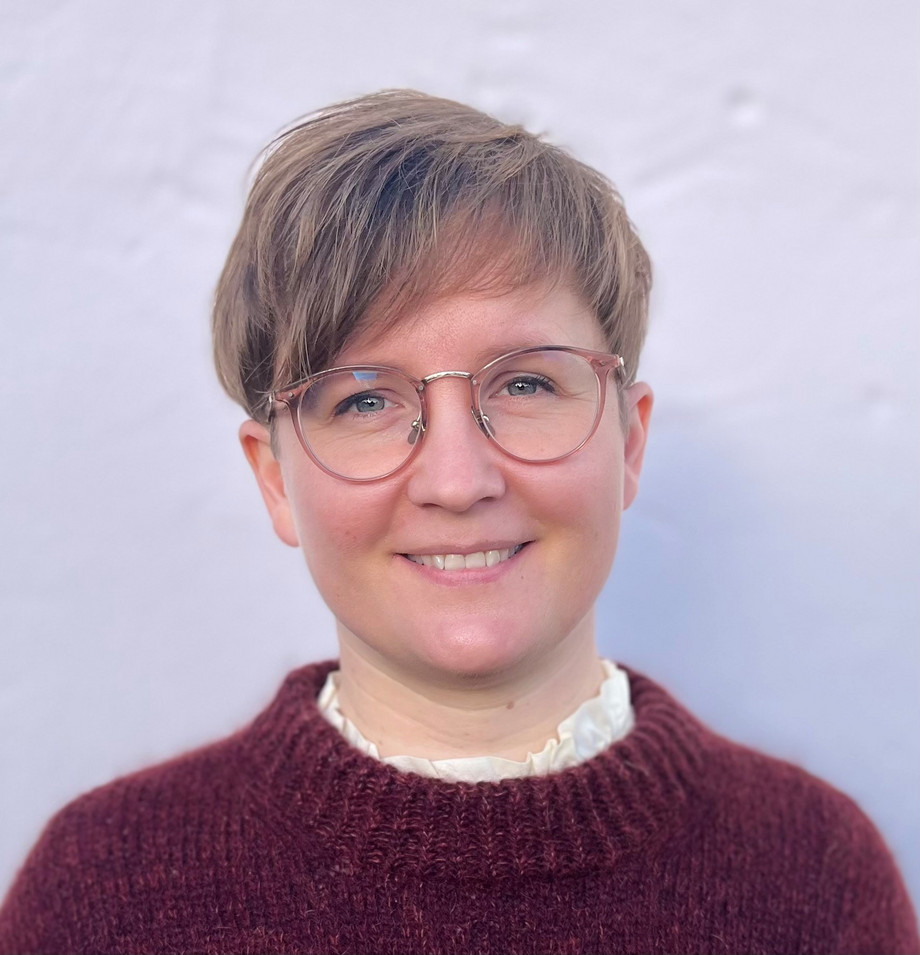
Aalborg University, Department of Chemistry and Bioscience, DKK 7 million
CArBiVoRe: Using Bacteria, Archaea, and Their Viruses to Assess Peatland Health and Predict Restoration Success
Peatlands are important carbon stores. Most Danish peatlands have been drained for agricultural purposes, leading to significant carbon dioxide emissions. Re-establishing them as wetlands can result in methane production, another greenhouse gas produced by microorganisms. This project will use microorganisms to assess peatland health and microbial response to restoration. The grant will fund the hiring of a postdoc and a PhD student.
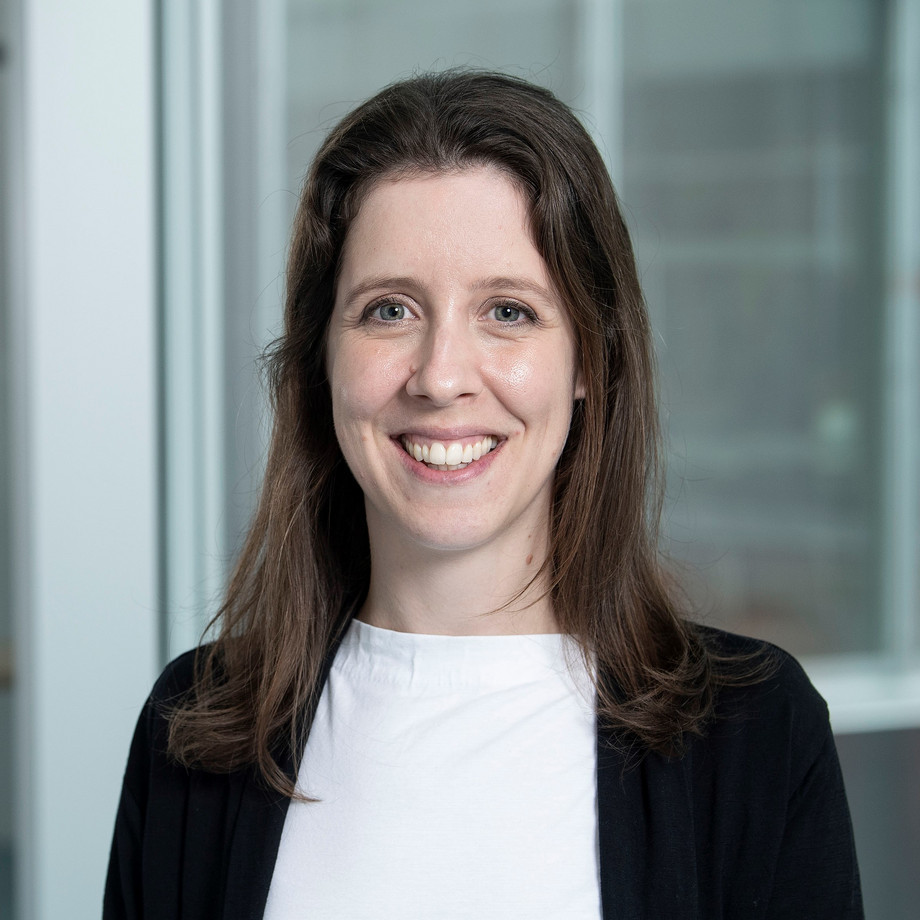
Aarhus University, Department of Biology, DKK 7 million
Cell Function under Extreme Respiratory Conditions
Cell survival requires a constant supply of oxygen and removal of waste products. However, cells in a fish eye operate under proton and oxygen levels that are ten times higher than in other tissues, conditions that would kill most other animal cells. This project will identify the cellular defense mechanisms that allow fish eye cells to function under these extreme conditions, thereby expanding our understanding of the limits of cellular life. The grant will fund two PhD students and one postdoc.
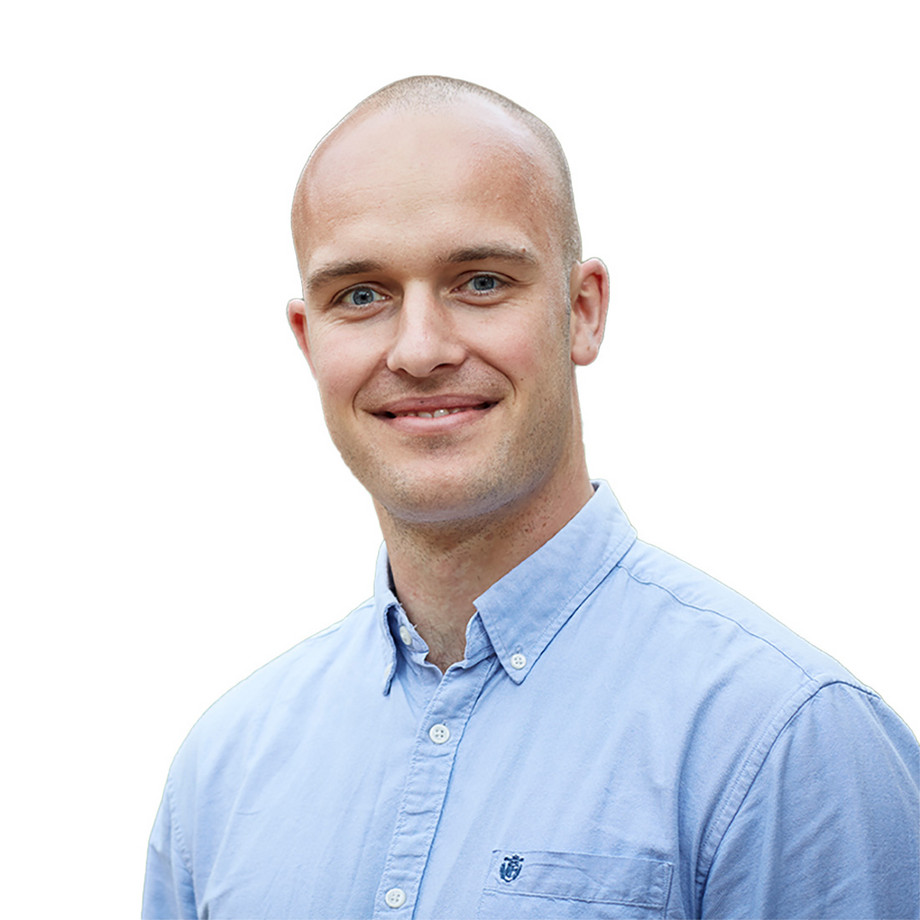
Aarhus University, Department of Agroecology, DKK 7 million
Exploiting the Full Potential of Crop Root Microbiomes
Microorganisms significantly influence plant growth. It has also been shown that plants can manipulate the microorganisms they interact with (microbiomes) in various ways. This project will investigate the co-evolution between plants and their microbiomes. Our goal is to demonstrate that it is possible to breed crops that select for better microbiomes, which can contribute to more sustainable agricultural production. The project will support the hiring of two PhD students.
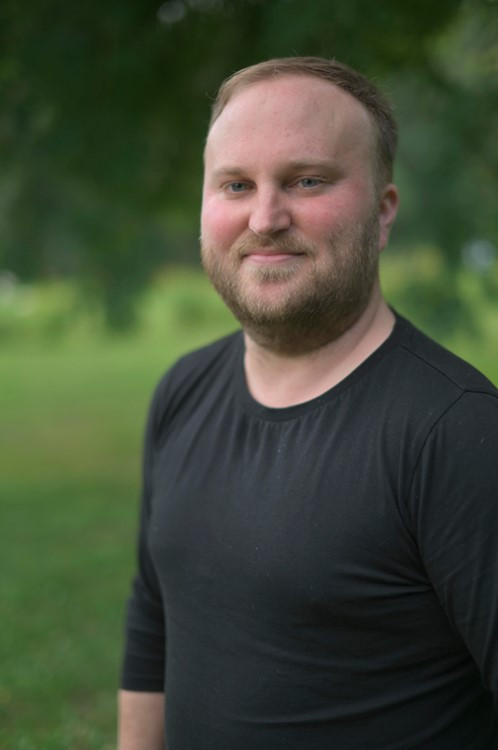
Roskilde University, Department of Science and Environment, DKK 7 million
Greenhouse Gas Dynamics in Seagrass Meadows in the Anthropocene
Seagrass has a high capacity for carbon storage. However, the fate of carbon in seagrass meadows is not well described. This project aims to illuminate how epiphytes (microalgae and bacteria) affect the function of seagrass ecosystems as greenhouse gas sinks and greenhouse gas production under various environmental stress factors. Such knowledge is crucial for optimizing the beneficial role of seagrass habitats. To achieve this, I will assemble a research group consisting of one PhD student and two postdocs, as well as acquire equipment.
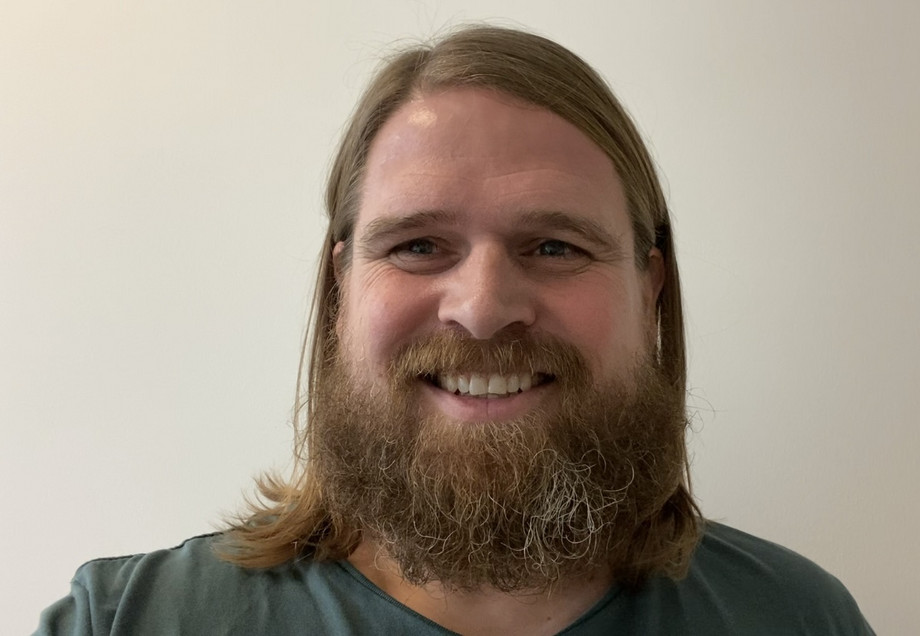
Aalborg University, Department of Sustainability and Planning, DKK 7 million
A New Synergy of Physics-Based and Data-Driven Methods for Reliable Hydrological Predictions Under Climate Change
Improving the prediction of extreme hydrometeorological events is crucial for achieving sustainability goals under climate change. Therefore, I will develop new frameworks to combine ensembles of hydrological models with satellite and in-situ ground observations through physics-based calibration/assimilation and data-driven methods. The project will thus provide new scientific insights into the processes leading to floods and droughts. The grant will fund, among other things, two PhD students and one postdoc.
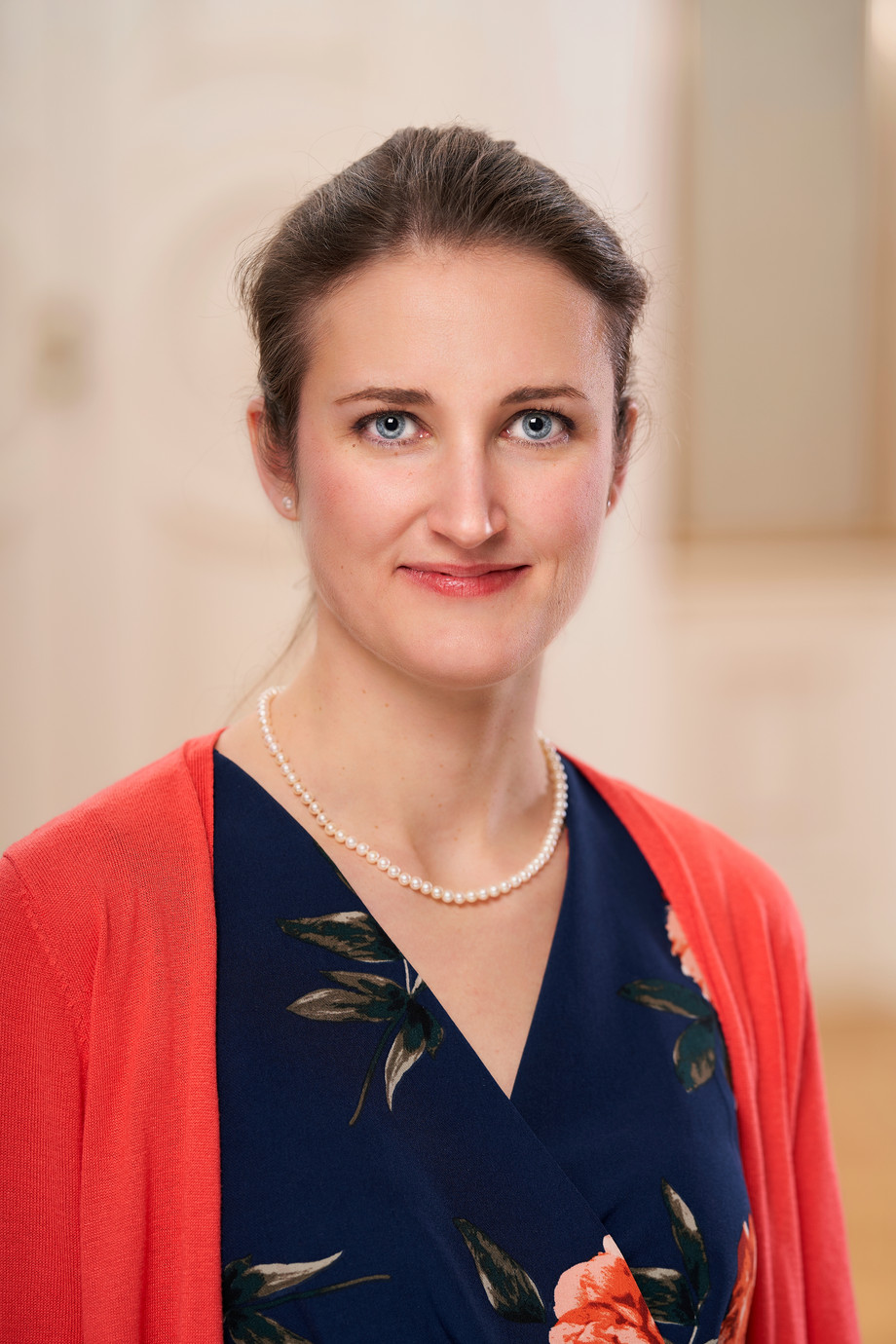
Aarhus University, Department of Chemistry, DKK 7 million
De Novo Design of Photoactive Proteins
Photoactive proteins are important light-regulated tools in fundamental research and biotechnology. Existing examples such as fluorescent proteins, light-controlled protein switches, and photoenzymes all originate from natural proteins. Building on recent advances in computer-based protein design, we will create new artificial photoactive proteins with functions that do not exist in nature. The grant will fund a PhD student and a postdoc, as well as new equipment.
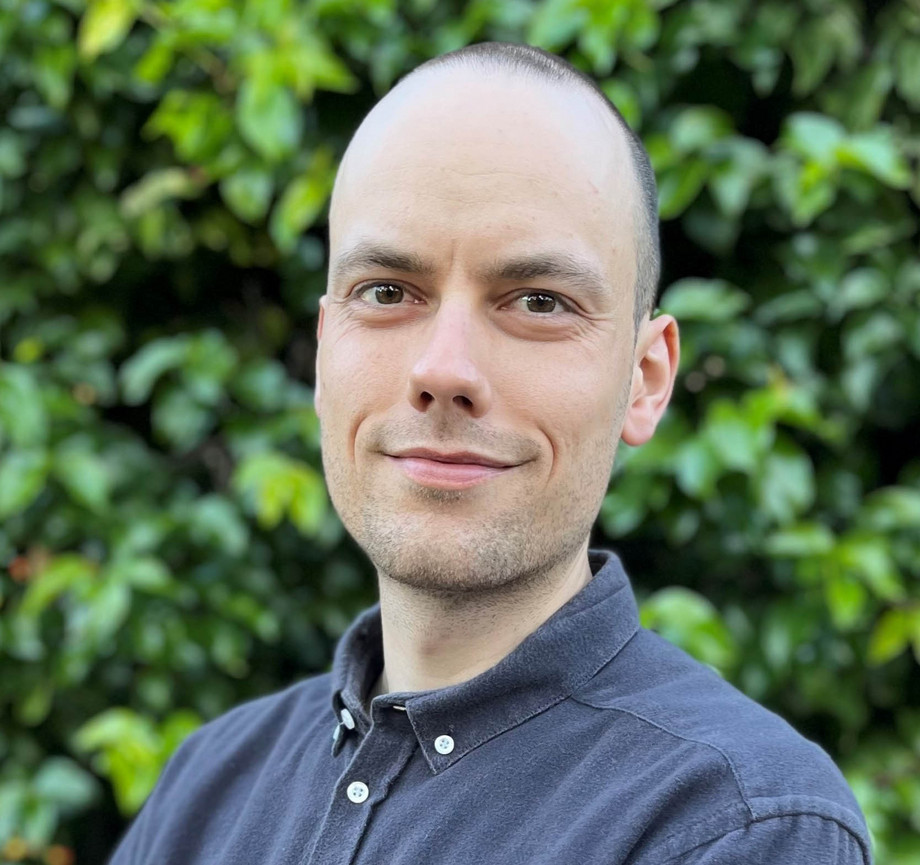
Aarhus University, Department of Molecular Biology and Genetics, DKK 9 million
Unraveling the Structure and Dynamics of Chromatin Repair
DNA damage leads to aging, neurodegenerative diseases, and cancer. Despite advances in identifying repair factors, we do not fully understand how they function in the three-dimensional context of DNA (chromatin) and why their disruption leads to disease. Using structural biology, our group aims to reveal the structure and dynamics of DNA repair complexes on chromatin. Our goal is to provide mechanistic insights that are crucial for developing effective prevention and therapeutic strategies in the future. The grant will fund the recruitment of a PhD student and a postdoc.
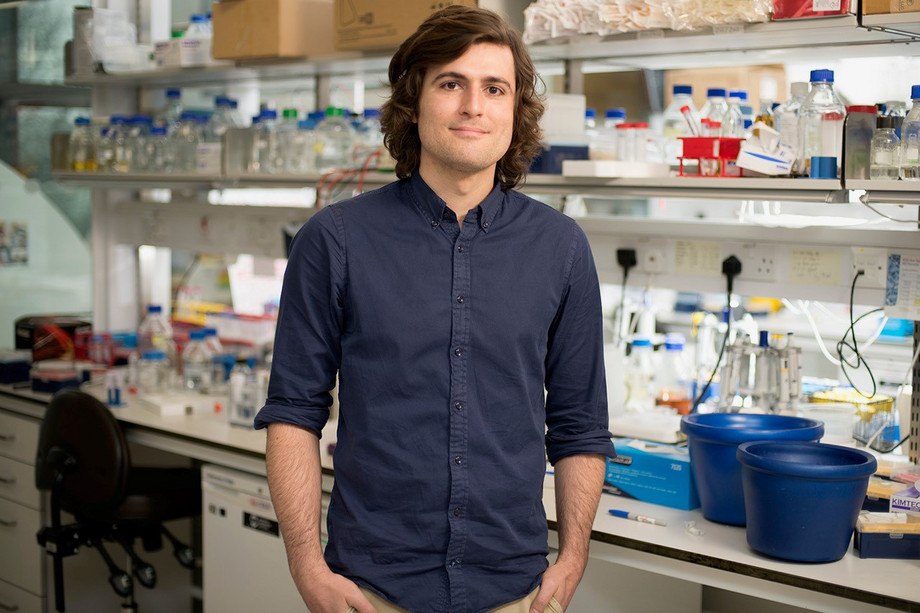
Technical University of Denmark, DTU Aqua, DKK 7 million
A New Paradigm for Describing Fish under Climate Change
How many fish will there be in the oceans of the future? And how many can we sustainably catch each year? This project will investigate which types of fish growth strategies are successful in different marine areas and how these might change in the coming decades. We will achieve this by integrating observational data on fish growth, morphology, and physiology with mathematical models to simulate potential future trends. The grant will fund the principal investigator, a PhD student, and a postdoc.
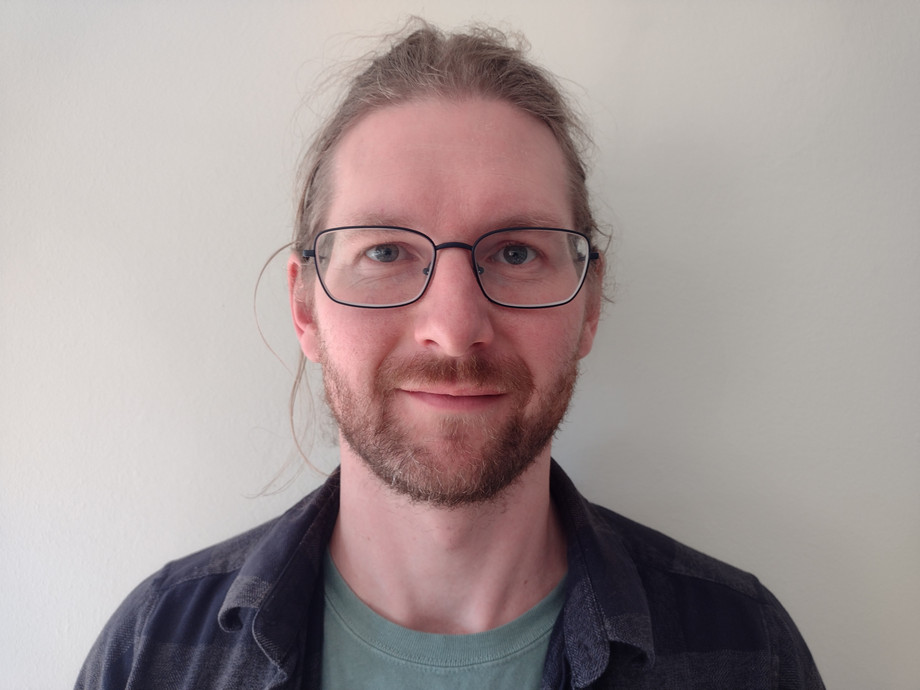
University of Copenhagen, Department of Biology, DKK 7 million
DISCOVIR: Discovery of Antiviral Defense Mechanisms in Bacteria
All living organisms combat viral infections. This project will investigate how bacteria defend themselves against their viruses using laboratory experiments and computational methods. Our findings will have significant implications for discovering new molecular biology tools, developing treatments for antibiotic-resistant infections, and advancing our understanding of immunity in humans and other organisms. The funding will support the recruitment of a postdoc and a PhD student.
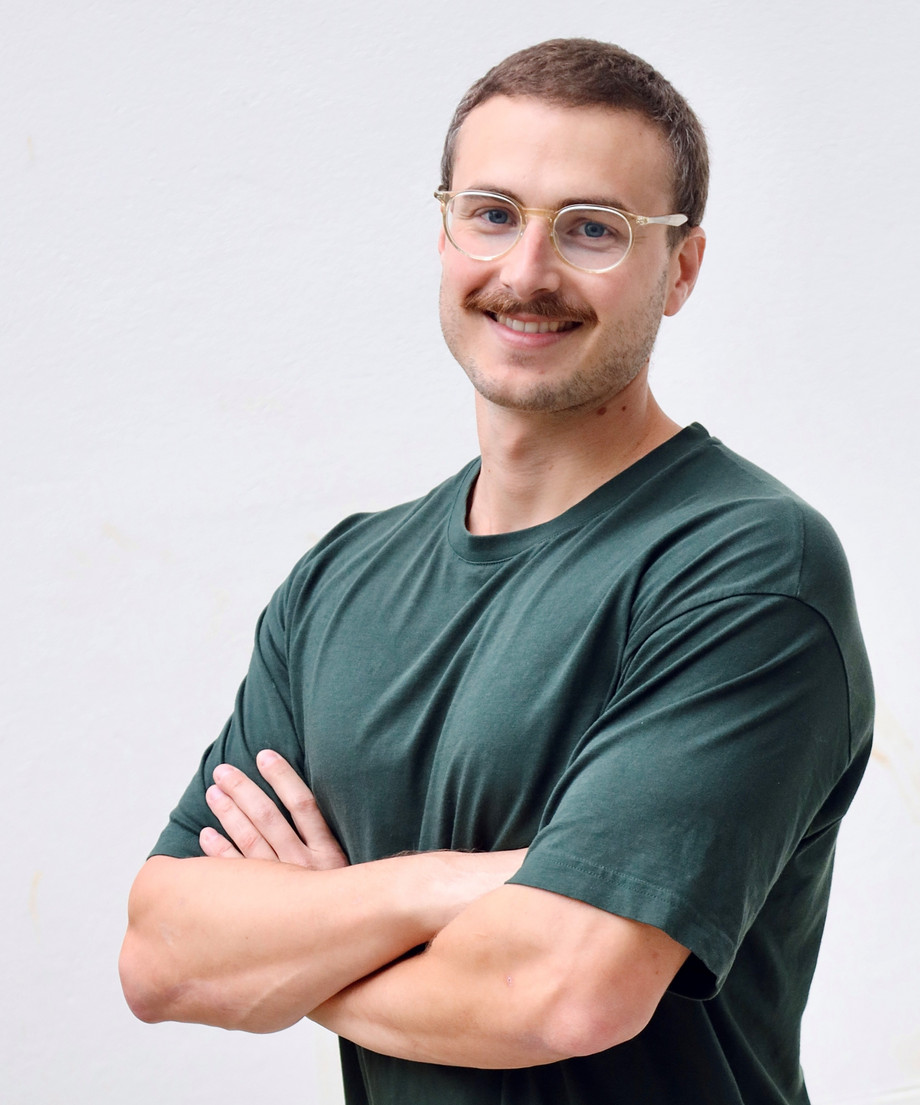
University of Copenhagen, Department of Mathematical Sciences, DKK 7 million
Computational Tools in Homotopy Theory
This project will explore the interface between homotopy theory, a relatively young subfield of mathematics where geometric objects are studied up to deformation, and computer science. We will investigate the computability and computational complexity of the fundamental operations in homotopy theory, and then develop systems for performing fast computations in homotopy theory. The grant will fund two PhD students and one postdoc.
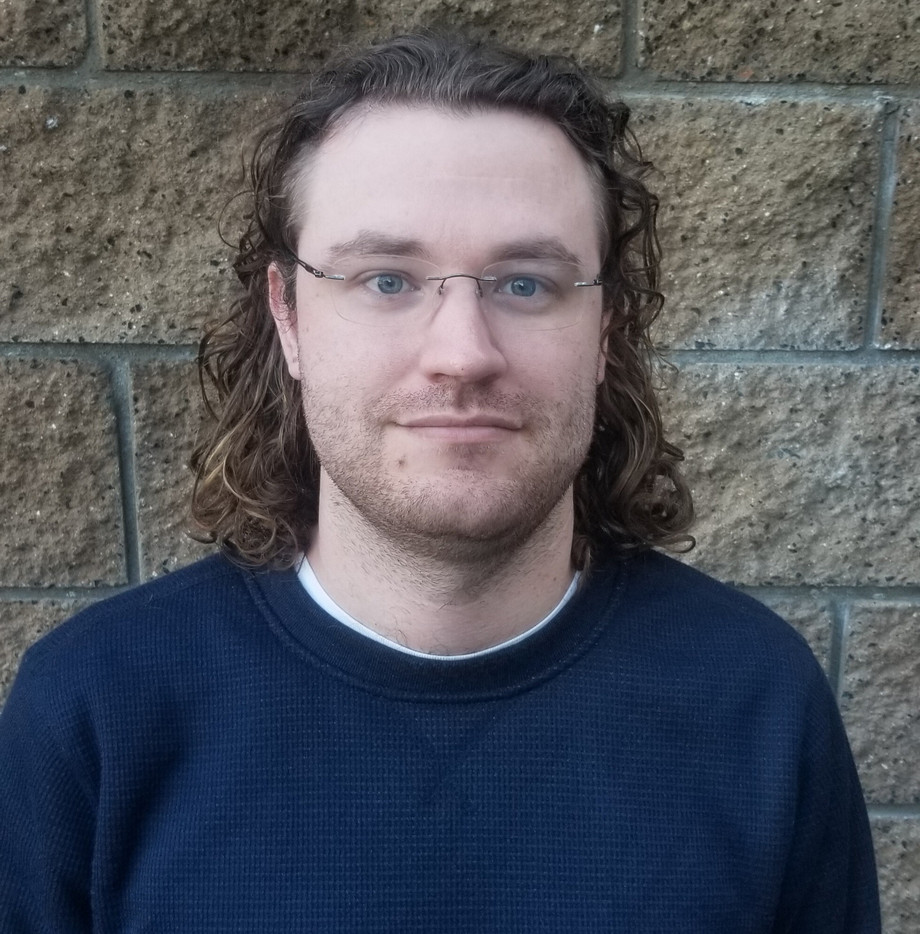
University of Copenhagen, Niels Bohr Institute, DKK 7 million
Many-Body Physics and Quantum Computing with Photons
Devices that leverage the principles of quantum physics offer fundamentally new ways to process information. As technological advances bring quantum systems to the scale required for quantum computing closer, their unexplored rich physics becomes accessible. This project will develop a photonic platform for constructing complex quantum systems and exploring their physical properties. It will investigate large-scale photonic systems based on quantum emitters that generate millions of photons per second. The grant will fund the recruitment of two PhD students.
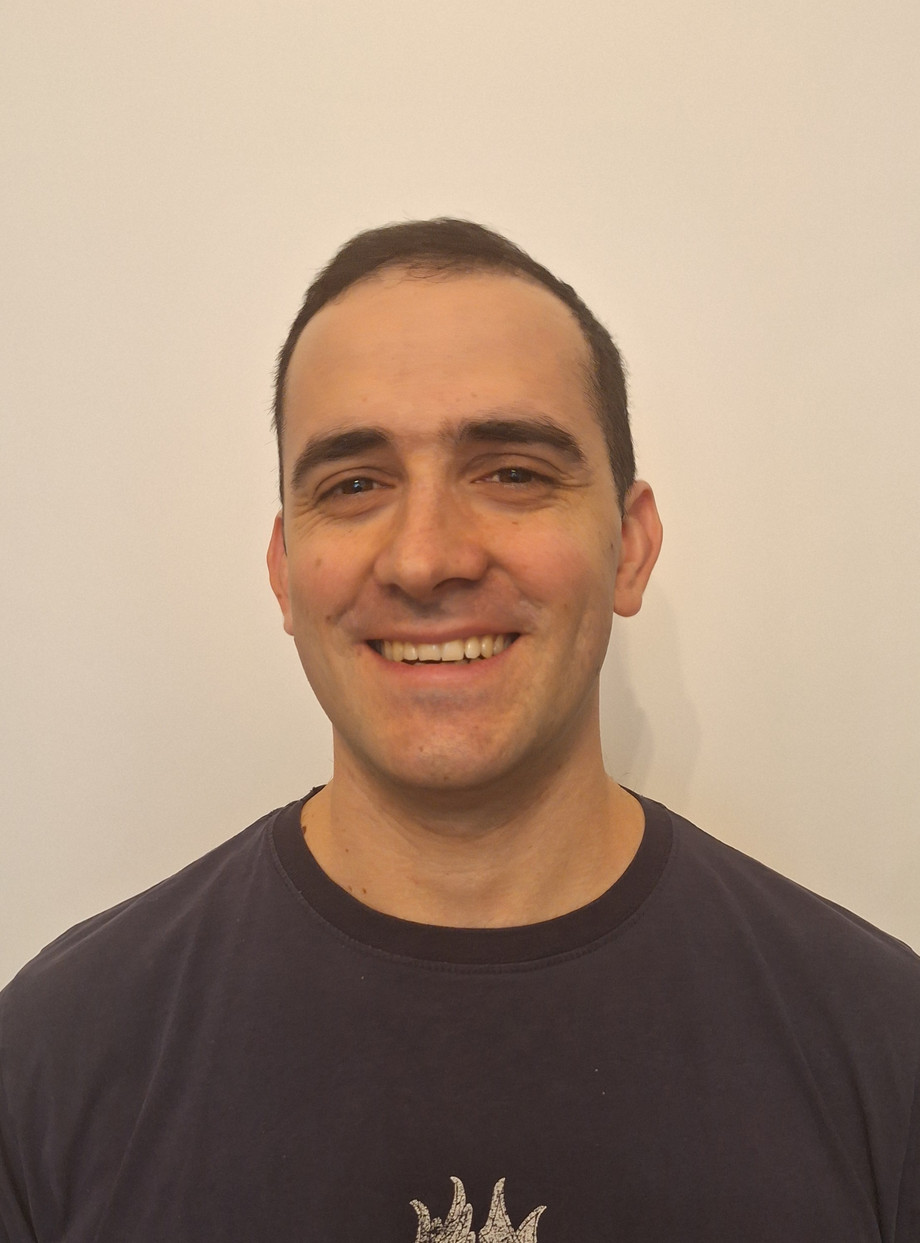
Technical University of Denmark, DTU Energy, DKK 7 million
Electrocatalysts with 3D-Active Surfaces (CAT3D)
Electrocatalysts are crucial materials for producing fuels and chemicals through electrified chemical processes, known as Power-to-X. In CAT3D, we aim to overcome the fundamental limitations of traditional catalyst structures by investigating three-dimensional active structures with at least two binding sites arranged in a three-dimensional configuration. This approach has the potential to identify superior catalyst structures. The grant will support the recruitment of one PhD student and two postdocs.
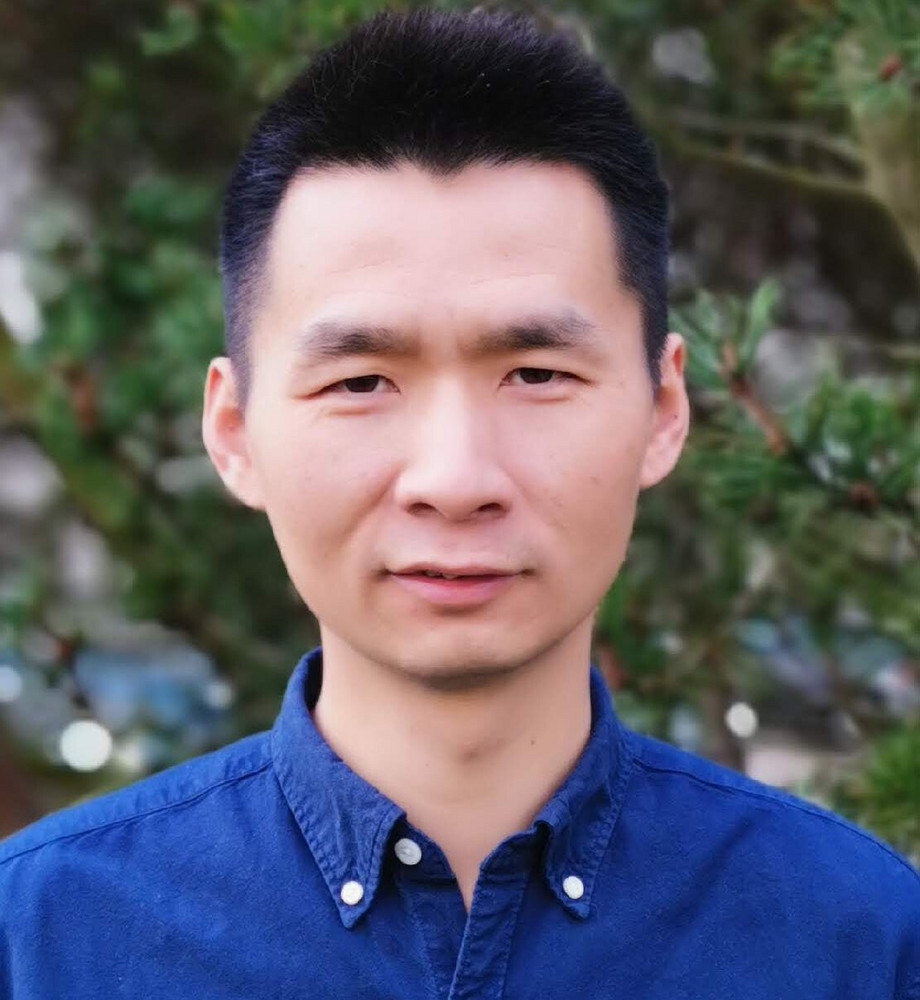
Aarhus University, Department of Mathematics, DKK 7 million
Efficient Testing in Complex Geometry
The project will introduce new methods for testing whether geometric partial differential equations are practically solvable by reducing abstract theoretical criteria to concrete conditions that can now be tested broadly using a computer for the first time. We will apply these results to gain a better theoretical understanding of high-dimensional complex geometric shapes that generalize those derived from Einstein's field equations. The project will fund two postdocs and one PhD student.
